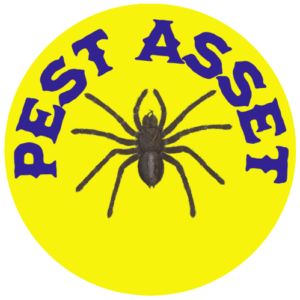Fleas: A Nuisance and a Health Hazard
Introduction
Fleas comprise over 2,000 species of tiny, agile insects that survive as external parasites feeding on the blood of mammals and birds. They pose considerable nuisance attacking humans and pets. Worse still, fleas transmit a variety of pathogens and parasites each time they bite that endanger health [1]. Understanding flea behavior and biology makes clear the importance of integrated control across entire properties, not just individual pets.
Flea Behavior
These wingless insects exhibit incredible jumping capacity, able to vertically leap over 7 inches to latch onto hosts – the equivalent of a human broad jumping over 210 feet! They also run very fast, clocking speeds 50 times their body length per second. Fleas subsist fully on blood once hatched, taking up to 15 times their weight per feeding session [2].
Already implanted into a host’s fur or clothing, fleas remain largely immobile until sensing the heat, vibrations and exhaled carbon dioxide signaling a potential blood meal nearby. This prompts their explosive leaping ability to facilitate host transfer. Fleas bite using sharpened mouthparts to pierce skin and feed. Bites commonly appear around ankles and legs.
Flea Life Cycle
Fleas undergo complete metamorphosis in four developmental life stages:
Egg – Females deposit eggs following a blood meal. Peak production occurs 24-48 hours post feeding.
Larva – Eggs scatter across the host environment and hatch within days. The larvae feed on organic matter like dried blood shed in their immediate surroundings for 1-2 weeks until ready to pupate.
Pupa – To pupate, larvae produce a silken cocoon coated in dirt and debris to camouflage and protect the transitioning adult flea inside for 1-2 weeks.
Adult – Stimuli prompt adult emergence from pupae once a host nears. Adults latch onto hosts quickly before seeking another once current host dies. Mated females recommence the egg cycle all over again.
Getting Rid of Fleas
Eliminating fleas requires attacking all stages aggressively across the full home and yard environment. It takes consistency working through the entire lifecycle. Tactics include:
- Treat indoor spaces with insecticidal powder or spray concentrating along baseboards, under furniture and on rugs. Use insect growth regulators specifically for flea eggs and larvae.
- Thoroughly launder or dispose of pet bedding to remove organic matter needed for larvae development.
- Vacuum carpeted areas daily to remove eggs and larvae. Empty the vacuum contents in a bag immediately.
- Treat outdoor spaces like crawl spaces, dog runs, under bushes and porch areas where wildlife dens. Target stray cats and any rodent nesting areas.
- Treat pets aggressively with vet-recommended topical and oral flea preventatives. Use flea combs and bathing to manually remove additional adults.
Preventing Infestations
Prevention revolves first around monitoring and strict sanitation:
- Inspect pets routinely combing with a flea comb to uncover early warning signs
- Keep dogs/cats on oral/topical flea preventatives
- Wash pet bedding weekly
- Vacuum carpeting and furniture routinely
- Manage stray animals, rodents and wildlife in the yard to limit flea intrusions
- Trim back shrubs and vegetation minimizing moist microclimates
- Treat the perimeter with granules or spray twice per year
Conclusion
Fleas infestations rapidly escalate once introduced. Severe cases often result from stray animal and wildlife exposures. Diligent monitoring and sanitation along with consistent topical flea control limits exposures before infestations surge out of control. Partner with a professional exterminator at the first signs of fleas to knock down populations across the entire property and implement protocols protecting the home long-term.
References
[1] https://www.cdc.gov/parasites/fleas/index.html [2] https://entomology.ca.uky.edu/ef637



